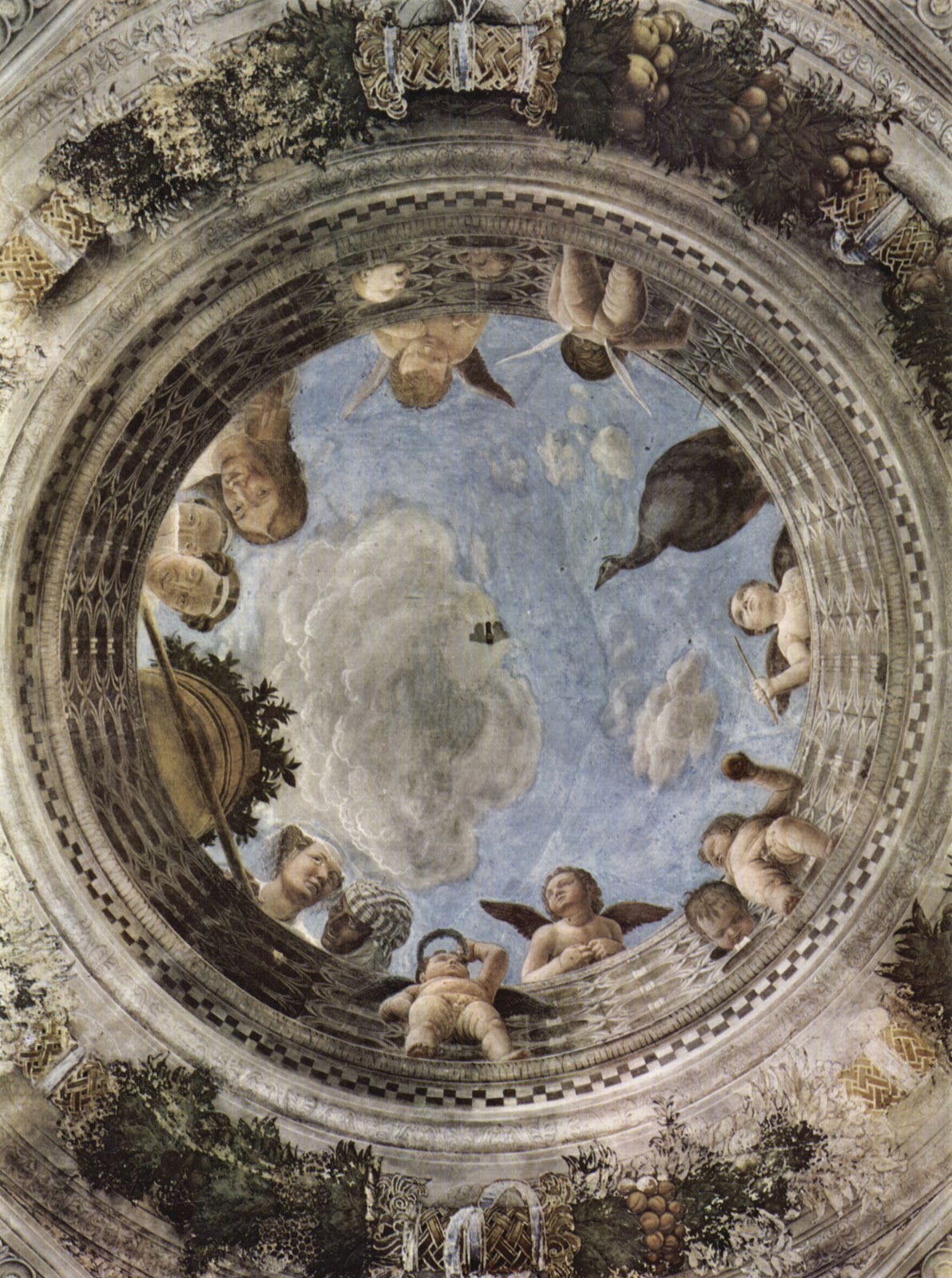Last Supper, one of the most famous artworks in the world, painted by Leonardo da Vinci probably between 1494 and 1498 for the Dominican monastery Santa Maria delle Grazie in Milan.
It depicts the dramatic scene described in several closely connected moments in the Gospels, including Matthew 26:21–28, in which Jesus declares that one of the Apostles will betray him and later institutes the Eucharist.
According to Leonardo’s belief that posture, gesture, and expression should manifest the “notions of the mind”, each one of the 12 disciples reacts in a manner that Leonardo considered fit for that man’s personality.
The result is a complex study of varied human emotion, rendered in a deceptively simple composition.
Leonardo da Vinci | Ultima Cena / Last Supper, 1494-1498 | Convent of Santa Maria delle Grazie, Milan















.jpg)


.jpg)
.jpg)
